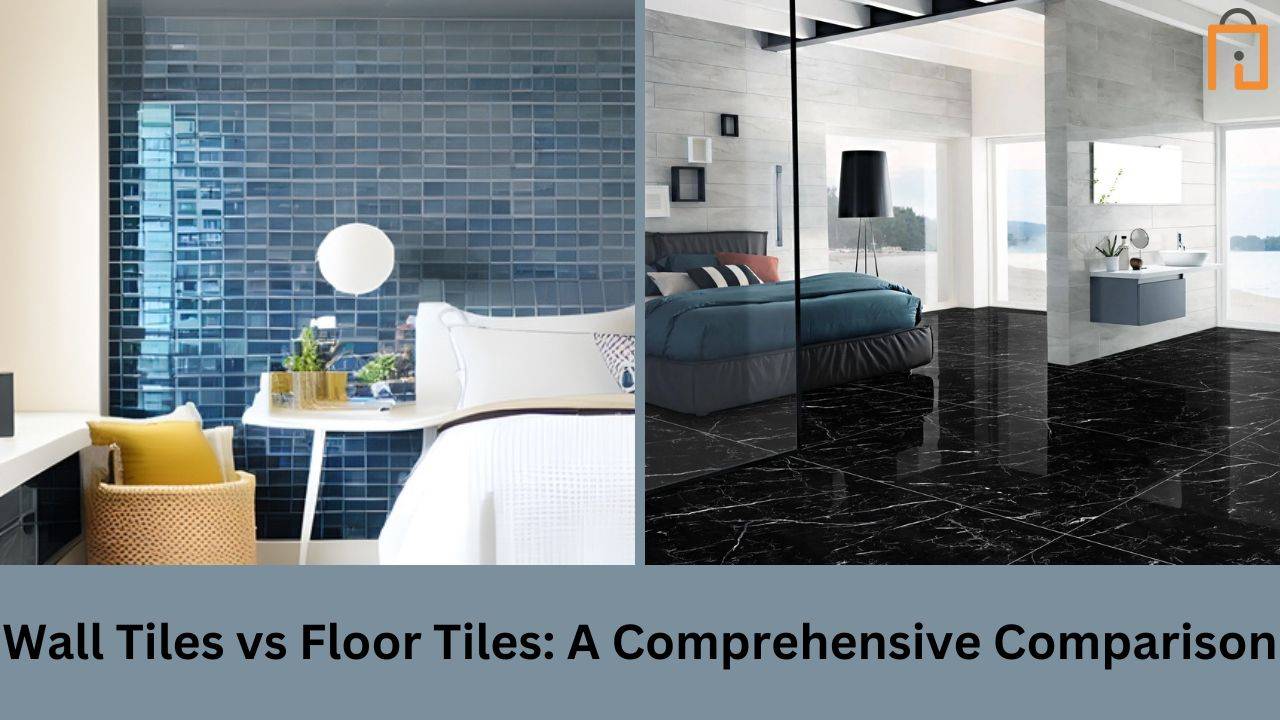
World's First Ceramic-Tile & Sanitaryware Live Marketplace. Get it on Google Play
Get it on App Store
World's First Ceramic-Tile & Sanitaryware Live Marketplace. Get it on Google Play
Get it on App Store
By Tileswale
The choice between wall tiles vs floor tiles for your house is a decision beyond mere aesthetics; it is an understanding of functional differences that affect the lifespan and safety of your space. Of the most versatile elements used in home interior, tiles offer limitless options in design, color, and texture. Whether it's the renovation of a bathroom, an update to the kitchen, or just redesigning a living space, the decision between wall and floor tiles makes a big difference in the aesthetic and functionality of your dream home.
When comparing floor tiles vs wall tiles, the tile industry is massive, broad, and sometimes confusing, with myriad choices available. This will make the whole process overwhelming when trying to distinguish between wall tiles and floor tiles, or are some of them only floor tiles, and some only strictly wall tiles? What type of tile can be used in both areas? Even though there are many similarities between the two, some differences can influence both aesthetic and durability characteristics of your space.
This guide is meant to clear the confusions, confuse no more, at least regarding distinctions - so that your choice of tiles will not only beautify your dwelling but also meet the practical demands of your living environment.
When you pick tiles, there are some ratings to consider which determine whether they are good for a specific application:
COF (Coefficient of Friction): This is the slipperiness of the tile. Tile floor tiles designed for high traction require a higher coefficient of friction, and particularly in wet installations.
PEI (Porcelain Enamel Institute) Rating: Measures the glaze's hardness and durability. For example, anything greater than 3 is suitable for use as a floor: Extremely resistant - PEI-5: Resistant to heavy foot traffic conditions, especially those deemed good for interior floor applications.
Water Absorption Rating (WA): Tests the degree of water penetrability while assessing the ability of the tile against water absorption- especially useful for areas such as bathrooms and kitchens. A higher rating of WA wall tiles manifests a greater tendency toward absorption of moisture during their application in floor surfaces.
Water, sand, and clay are commonly used to make floor tiles. However, the gaps between the tiles are filled with a separate mixture of water, sand, and "cement"-like material. In some cases, rather than cement, tile grout is made of epoxy. Floor tiles are thin, square, or rectangular coverings made of a long-lasting material such as ceramic, stone, metal, baked clay, or even glass. They are usually arranged in an array to cover roofs, floors, walls, edges, or other objects such as tabletops.
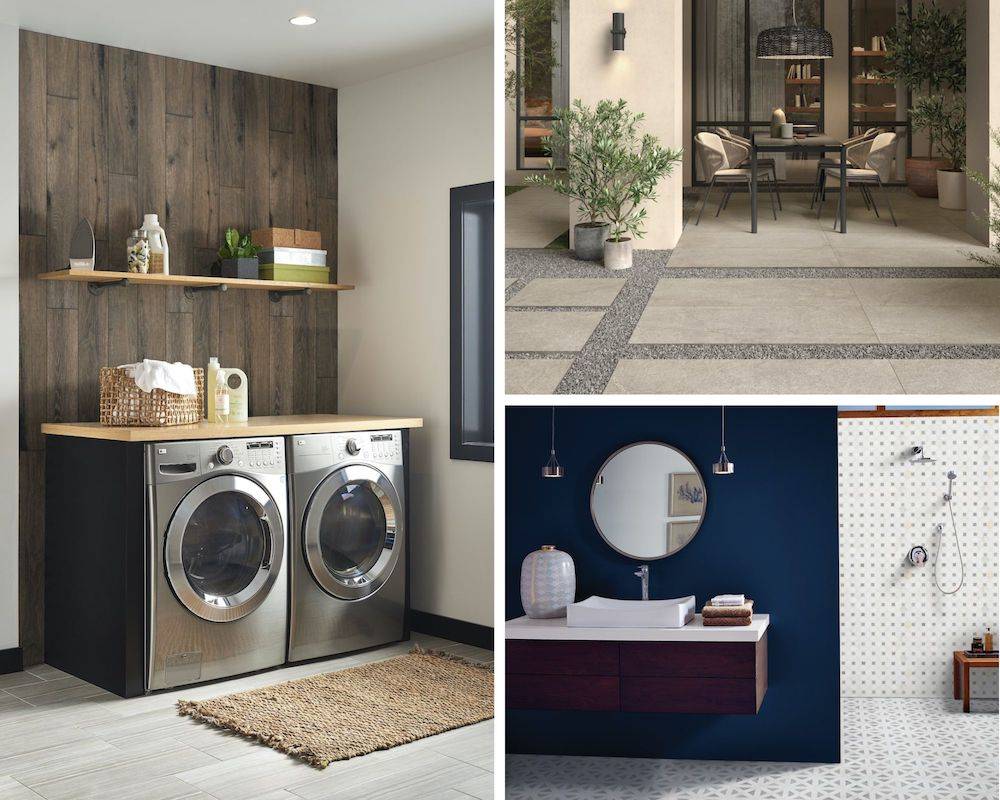
Wall Tile, which is made from a clay mixture and fired at high temperatures, is used for wall coverings, floors, showers, countertops, bath surrounds, and other applications. Glazed tiles are commonly used on walls and counters. Grout, a type of mortar, is applied between tiles to secure them and fill the gaps between them.
There is no discernible difference in the appearance of ceramic and porcelain wall tile versus floor tiles, but stylistically, wall tiles are typically smaller in size than floor tiles. Because of its visibility and the difficulty of installing wall tile on a vertical surface, wall tile is typically smaller and lighter. Large sizes are common due to the popularity of super-large format tiles. There is no clear category winner with hundreds of options for both wall tile and floor tile. Floor and wall tiles have a similar appearance, though thinner wall tiles may come in a wider range of colors and designs.
Wall tiles are thinner in style than floor tiles. This means that they are more prone to cracking under pressure than floor tiles, which are typically stronger and thicker. However, despite being less dense and lighter than floor tiles, wall tiles can last for decades if properly cared for. In other words, both types of walls are perfectly suitable for wall installation. However, if you are looking for new flooring, floor tiles are recommended.
Ceramic and porcelain wall tiles are almost equally resistant to heat and moisture. This is because your walls do not come into contact with water or hot objects as frequently as your floors do. Floor tiles are more heat resistant than their counterparts because they are thicker.
The slipperiness of each tile is determined by its Coefficient of Friction or COF rating. Higher COF tiles have higher levels of friction, making them much easier and safer to walk on without slipping. As a result, floor tiles typically have a higher COF rating. Meanwhile, tiles with a lower COF are more slippery. Because friction is not an issue with different wall tiles, glass, and other slick materials are frequently used as wall coverings.
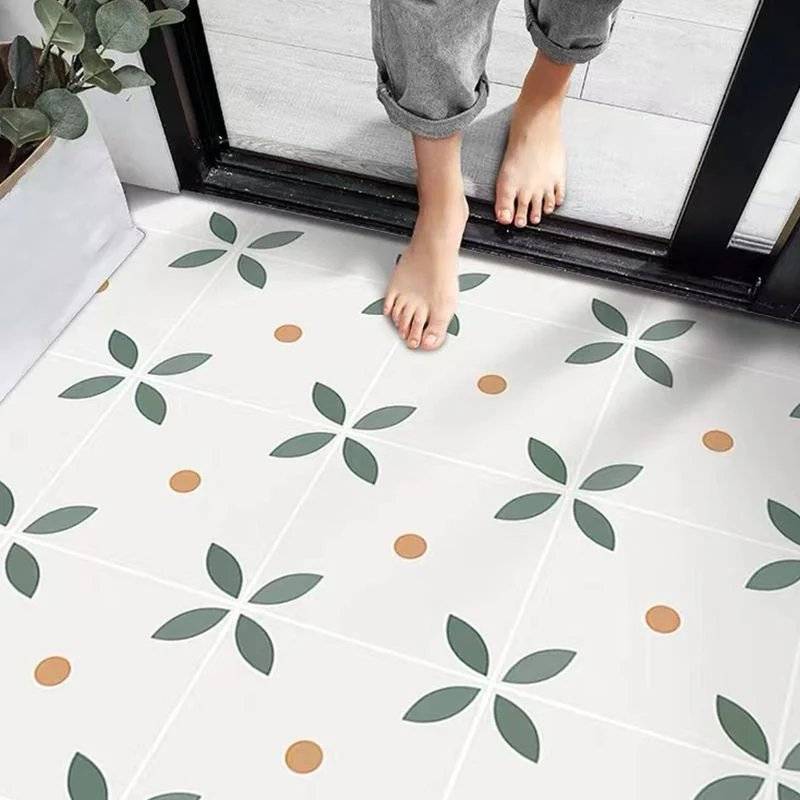
The acronym "PEI" stands for Porcelain Enamel Institute. A tile product's PEI rating is determined by the hardness of its glaze. A standardized test is used by the manufacturer to determine the hardness. This test's results will determine how a product should be used.
It is important to note that the PEI Rating is based solely on glaze wear testing, not slip resistance. A tile is assigned a PEI hardness rating on a 5-point scale in addition to a 0 or NR category. The number of revolutions of the testing machine required before noticeable abrasions is observed determines the PEI class.
The strength of a tile is directly connected with its durability, quality, and longevity, the PEI ratings display its strength to handle pressure.
A good-quality tile can last for up to 50 years or more if properly maintained. In practice, the lifespan of both wall and floor tiles are comparable. However, because wall tiles are thinner, they are more likely to break when installed on floors. If something extremely heavy falls on thick floor tiles, they may also crack.
Both floor tiles and wall tiles are installed in the same manner. First, a cement backer board underlayment is installed against the subfloor or wall studs. Thin-set adhesives applied with a notched trowel are used to adhere the tiles to the backer board. When the joints between the tiles are dry, they are filled with a paste-like, mortar-based grout that is sealed once it dries and hardens. Because wall tiles are thinner, they are easier to cut with simple score-and-snap cutters.
Floor tiles are slightly more difficult to cut than wall tiles because they are thicker. With these heavier tiles, a power wet-saw is a good idea.
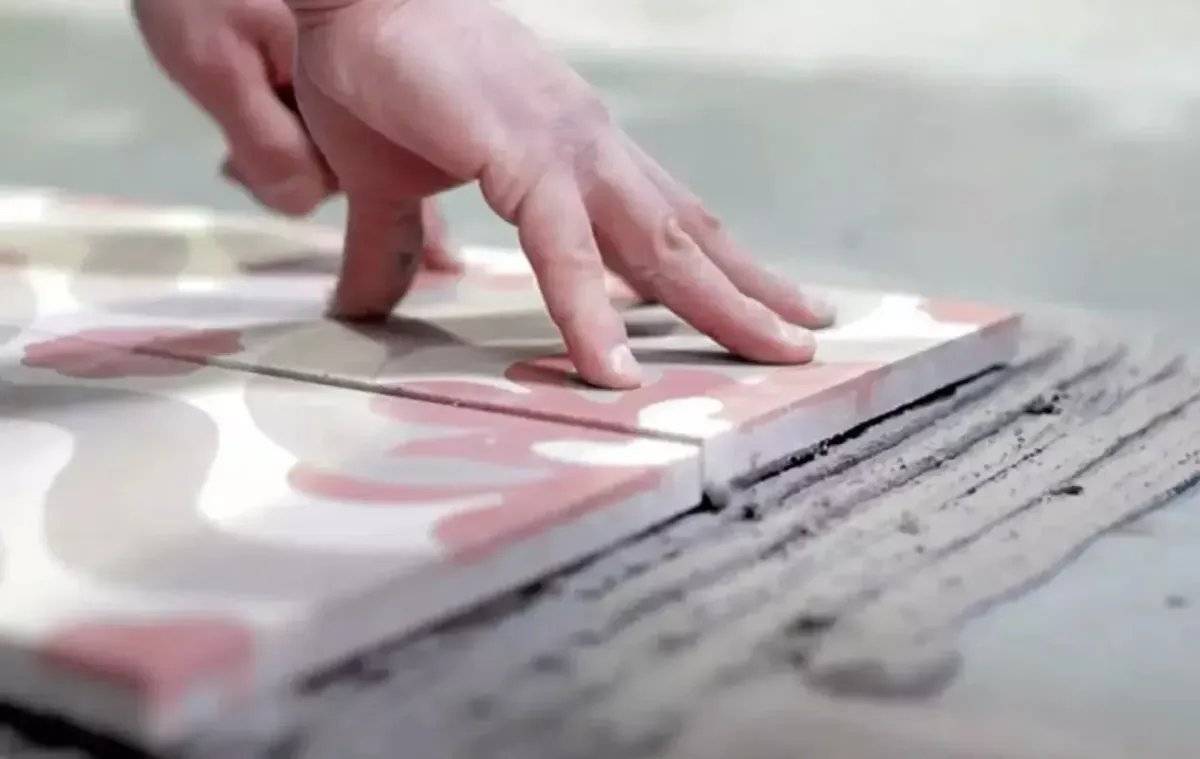
Tile prices are heavily influenced by their material, quality, size, shape, and design. If you're in the market for new floor or wall tiles, you've probably noticed that porcelain floor and wall tiles are nearly the same prices. Ceramic and other types of tiles are also available in India. Naturally, glazed, large, or intricately designed tiles cost more than small, plain-colored tiles.
|
Feature |
Wall Tiles |
Floor Tiles |
|---|---|---|
|
Design |
Smaller, lighter, available in various colors. |
Larger, heavier, with versatile patterns. |
|
Durability |
Less durable, suitable for walls only. |
More durable, can handle foot traffic. |
|
Heat Resistance |
Less resistant due to less exposure. |
More resistant to heat. |
|
Water Resistance |
Equally resistant, used in similar wet areas. |
Equally resistant, used in wet environments. |
|
Feel (COF Rating) |
Lower COF, more slippery due to less friction. |
Higher COF, safer to walk on. |
|
Strength (PEI Rating) |
Lower PEI, less durable under pressure. |
Higher PEI, stronger and more pressure-resistant. |
|
Longevity |
Similar, though more prone to breaking. |
Longer lifespan due to thickness and strength. |
|
Ease of Setup |
Easier to install and cut. |
Requires more effort due to thickness. |
|
Price Point |
Higher cost due to detailed designs. |
Generally more affordable. |
|
Application Areas |
Best for Walls, Backsplashes, and Low-Traffic Areas. |
Ideal for Floors, High-Traffic Areas, and Wet Zones. |
This table gives you a quick glance at the major differences between wall and floor tiles. It’s clear that both types of tiles bring unique strengths to your home’s design. Whether you’re looking for the elegance and simplicity of wall tiles or the durability and resilience of floor tiles, understanding these distinctions will help you make an informed choice that meets both your aesthetic and practical needs.
Yes, there are no rules when it comes to personal taste and design, so the same tiles can be used as floor and wall tiles. Above all, floor and wall tiles should be aesthetically pleasing by combining monochromatic colors, coordinating patterns with colors, or combining complementary solid colors.
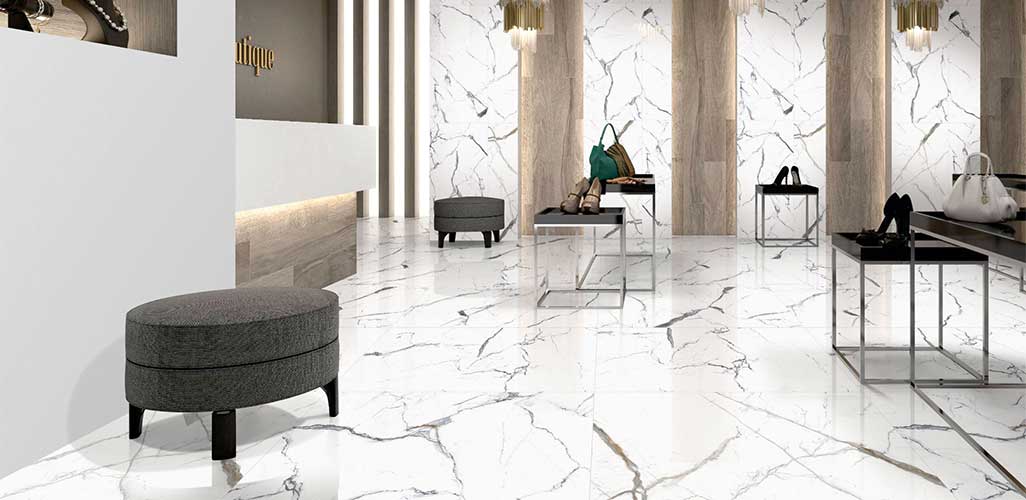
To achieve a unified look with your floor tiles and wall tiles, you can use a variety of design combinations. Continue reading to learn how to achieve the desired look in your bathroom by matching the floor and bathroom tiles using the techniques described above.
Having an understanding of the differences in wall tiles vs floor tiles, you can proceed with decorating from a positive place of confidence. We feel, in particular, that the perspective of viewing tiles as strictly 'wall' or 'floor' is very old-fashioned. The current designs and technology have softened what were once, themselves, much sharper differences between bathroom, kitchen, wall, and floor tiles, and exciting possibilities for personal expression have been opened up in your home.
While there will always be something quaintly appealing about wall-only tiles, we encourage you to look beyond the beaten path when the next tile shopping spree arrives. Whether it's durability, style, or both, our extensive selection of tiles will give you something suited to your tastes and needs.
Tiles are no longer just functional parts; they reflect your individual style and personality. The distinction between wall tiles and floor tiles contributes toward creating a pleasing place that still lasts well with time. Pay us a visit today, and discover just the perfect tiles to enhance the aesthetic qualities and meet your practical requirements.
For personalized advice or to see our tiles in person, visit our showroom or contact us to schedule a consultation. Additionally, we recommend checking out the Tileswale app, where you can discover stunning designs and styles, constantly updated by more than 40,000+ sellers, ensuring that your home becomes a masterpiece of both design and durability.
Submit your inquiries, we will see the rest
size:
Quantity:

+ Requirements

We have received your Inquiry. We will soon connect you with relevent Sellers via tileswale App. download now!!

